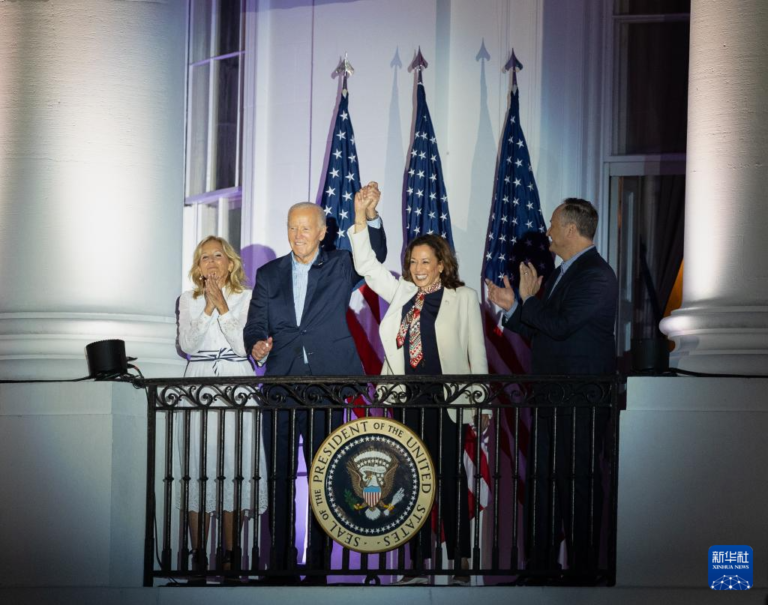Emerging shipping companies and shipping giants are facing fierce competition
According to foreign media reports, a “freight rate war” is currently taking place on the Asia-to-U.S. West Coast route. Emerging shipping companies, which have recently joined the trans-Pacific route, are offering lower prices to attract market share, forcing established shipping companies to reduce their rates to retain customers.
According to this week’s report from Linerlytica, although the rate for shipping from Shanghai to the U.S. West Coast was $5,955 per 40FT container on August 23, down nearly 10% from the previous week, the actual rate was MORE lower than that.
Linerlytica stated, “Some smaller shipping companies and emerging players that have just entered the market are slashing rates significantly to increase volumes, forcing their larger competitors to lower prices as well.”
One of these emerging companies on the trans-Pacific route is TS Lines, which recently joined the U.S. West Coast route (AWC) operated by Singapore’s SeaLead Shipping. TS Lines has also launched an independent Asia-to-U.S. West Coast service (AWC2), connecting ports like Nansha, Shekou, Kaohsiung, Xiamen, and Long Beach.
In addition, the company recently placed orders with Chinese shipyards for two 14,000 TEU methanol-ready container ships and two 7,000 TEU container ships, marking the first time TS Lines has ordered 10,000+ TEU ships. These ships aim to increase capacity and competitiveness and will be deployed on the trans-Pacific or Far East-South America routes once delivered.

Another emerging player on the trans-Pacific route is Hede (Hong Kong) International Shipping, which also increased its capacity on the China-to-U.S. West Coast route this month. The company chartered two 2,700 TEU vessels, the “Pona” and “Posen,” for three and a half years, signaling its commitment to this route.
Hede (Hong Kong) International Shipping was established by Tangshan Port Industrial Group’s subsidiary, Tangshan Port Hede Shipping Co., Ltd., in Hong Kong, focusing on international container liner services. The company entered the trans-Pacific route market in March, launching a Shanghai-to-Los Angeles service.
Notably, Hede’s U.S. West Coast express service, launched in March, includes delay compensation clauses, with a promise that, for customers applying for quick release services on the first voyage, containers can be picked up two hours after docking. For delays over 24 hours, the company will compensate $1,000 for each additional hour.

Linerlytica indicated that the outlook for the next month is mixed. Shipping companies hope to boost the market by moving goods from the U.S. East Coast before port workers strike in October.
Meanwhile, brief railway strike in Canada did not cause significant port congestion, although Pacific Northwest ports are still struggling to handle the increased inbound rail freight volume.
However, as shippers divert containers to avoid strikes on the U.S. East Coast, there are signs of declining vessel utilization on the Asia-to-U.S. East Coast route. This may help shipping companies raise rates on the Asia-to-U.S. West Coast route in September, even though they failed to do so this month.





